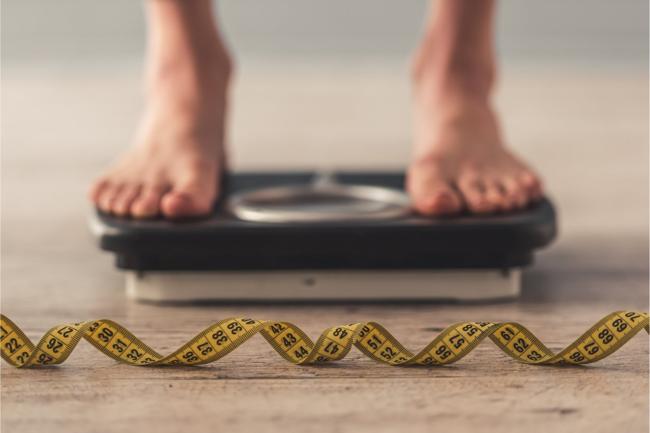Summary
Body mass index might be a more accurate measurement than commonly thought. New research shows that a vast majority of people with a BMI signifying obesity have substantial excess body fat.
Source: Gizmodo

AI News Q&A (Free Content)
Q1: What is the traditional method for calculating Body Mass Index (BMI), and what are its major classifications?
A1: Body Mass Index (BMI) is calculated by dividing a person's weight in kilograms by the square of their height in meters. It serves as a convenient tool to categorize individuals based on tissue mass, including muscle, fat, and bone. Major adult BMI classifications include underweight (under 18.5 kg/m2), normal weight (18.5 to 24.9), overweight (25 to 29.9), and obese (30 or more).
Q2: How does the Body Roundness Index (BRI) compare to BMI in measuring body fat?
A2: The Body Roundness Index (BRI) quantifies body shape more accurately than BMI by considering both body girth and height. While BMI can misclassify individuals due to not distinguishing between lean body mass and fat mass, BRI provides a more nuanced assessment of body fat and visceral tissue volume, potentially leading to more accurate health evaluations.
Q3: What recent study has explored the role of BMI in predicting liver fibrosis in obese patients?
A3: A study published in 2024 examined the prevalence and risk factors of liver fibrosis in patients with metabolic-associated fatty liver disease undergoing bariatric surgery. It found that higher BMI levels were correlated with increased fibrosis, highlighting the significance of BMI in assessing health risks related to obesity.
Q4: How does perceived obesity in humanoid robots affect human trust according to recent research?
A4: A study explored how the perceived obesity level of humanoid robots influences human trust. It found that humanoid robots with lower perceived obesity levels were more likely to be trusted by people, indicating that perceptions of obesity extend beyond humans to artificial entities.
Q5: What new method has been proposed for evaluating fitness and abdominal obesity in Korean adults?
A5: A 2020 study introduced the waist-to-height ratio (WHT2R) as a new method for evaluating fitness and determining effective exercises to reduce abdominal obesity in Korean adults. This method was found to be more suitable for fitness assessment than traditional indices, providing a potential tool for managing abdominal obesity.
Q6: What are some limitations of BMI in predicting individual health outcomes?
A6: BMI, while useful for broad statistical categorization, has limitations when predicting individual health outcomes. It does not account for differences in muscle mass, bone density, or fat distribution, which may lead to misclassification, especially in individuals with high muscle mass or abdominal obesity.
Q7: How can evolutionary algorithms improve the estimation of total body fat compared to BMI?
A7: Recent research utilized evolutionary algorithms, such as Grammatical Evolution and Genetic Programming, to derive mathematical expressions for estimating body fat percentage. These techniques provide more accurate and interpretable models compared to BMI, offering better insights into body composition for clinical and health applications.
References:
- Wikipedia - Body mass index





